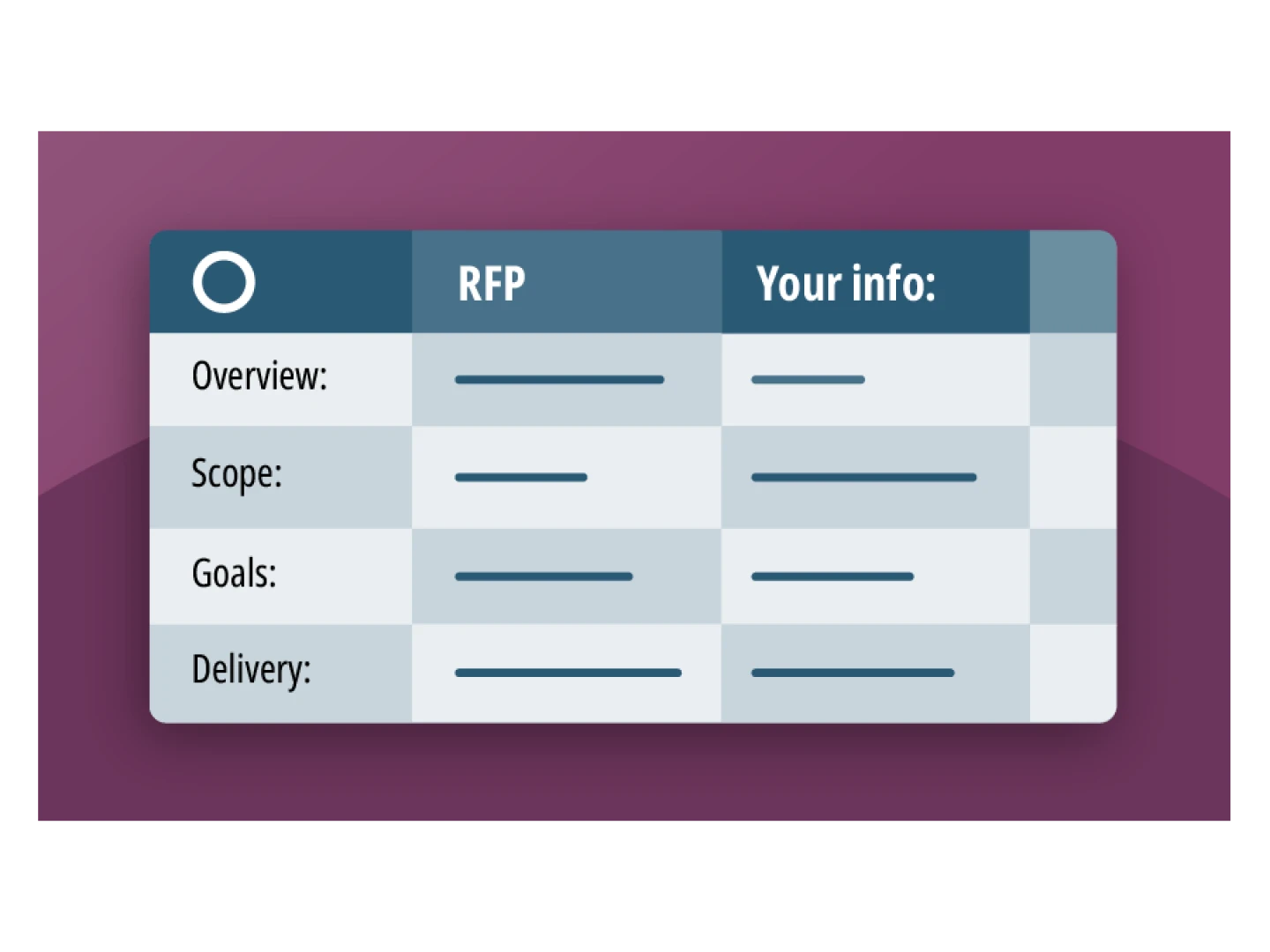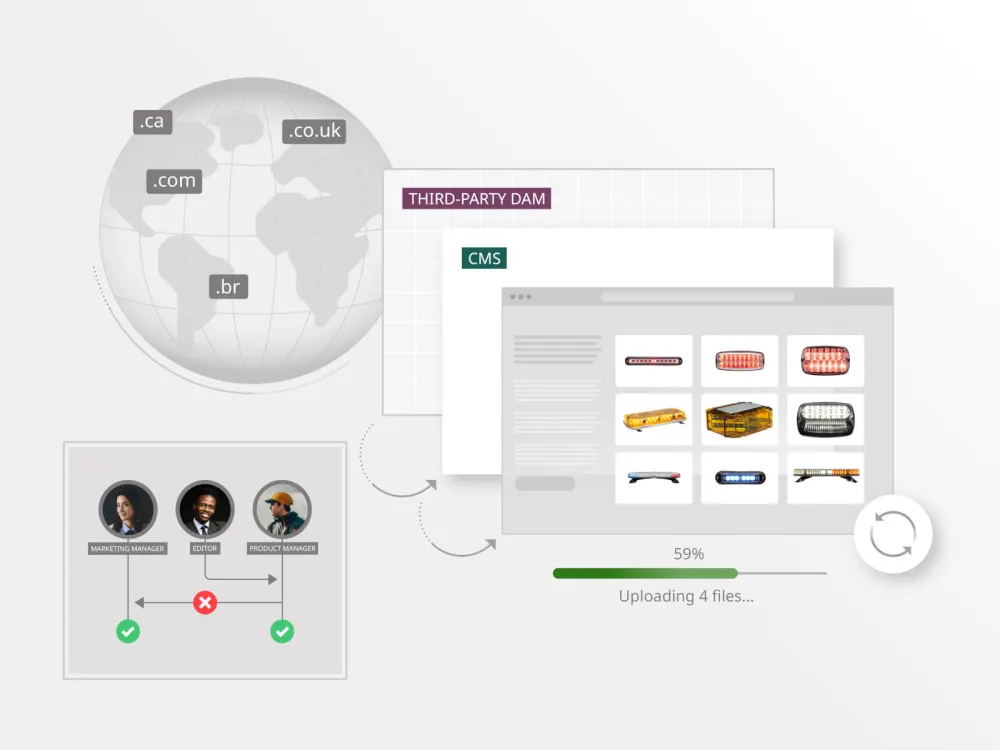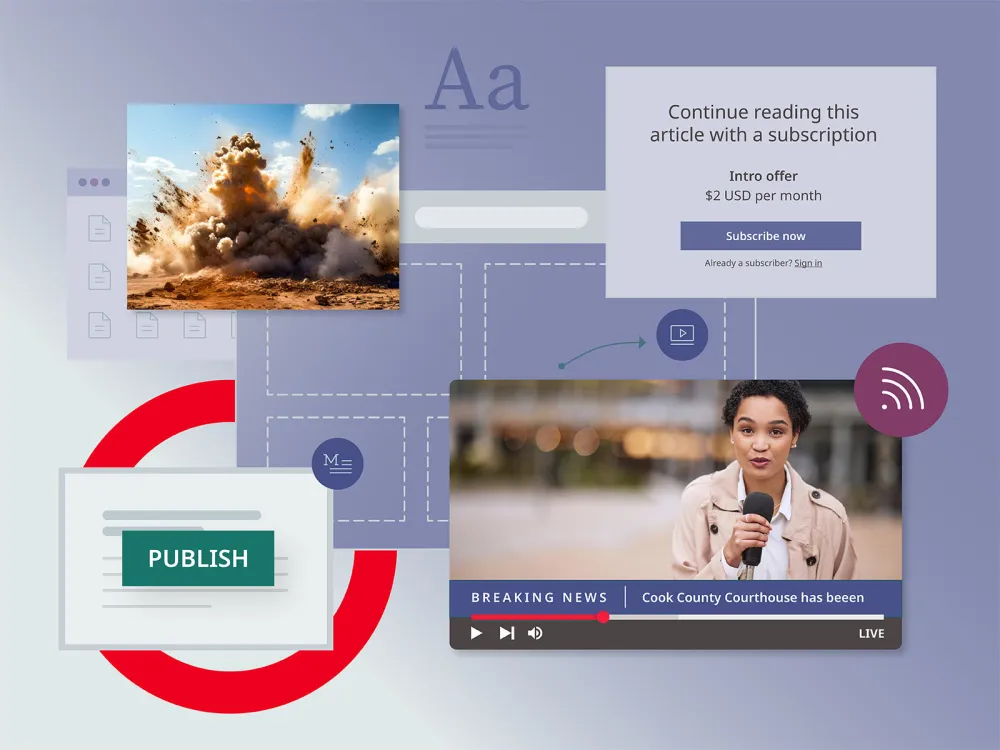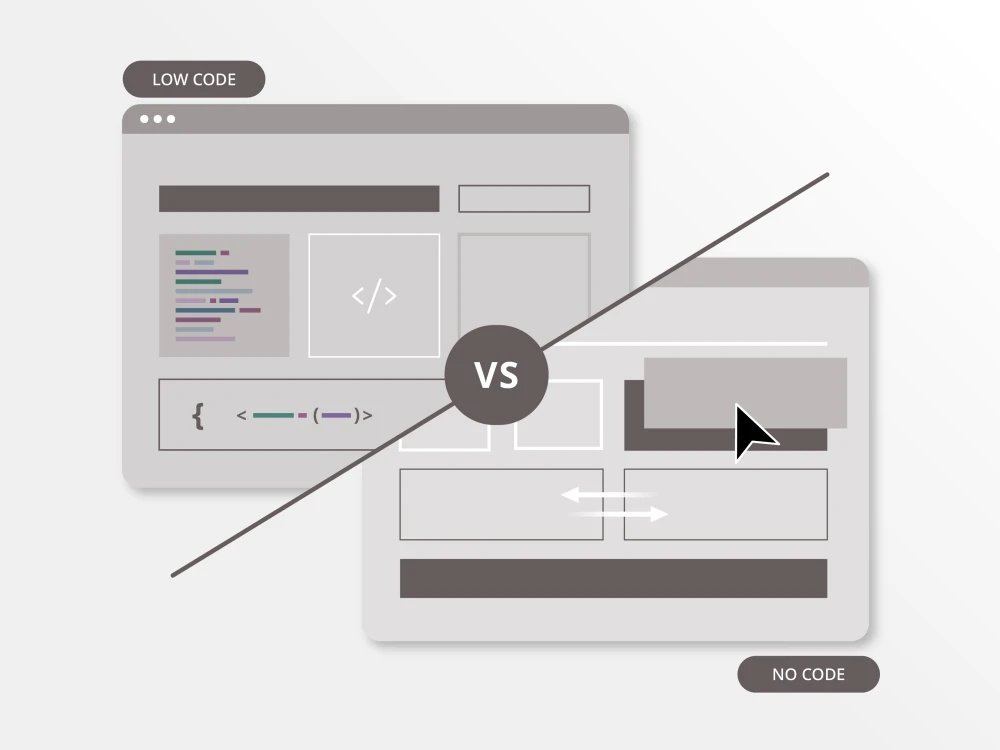Your company has decided to revamp its digital experience, and you’re ready to begin the process. What next?
Some of the most important work will take place long before you finalize a vendor. While there is no single correct way to write a request for proposal (RFP) for a content management system (CMS), following some best practices early on will save you time and money down the road.
Too often, the RFP is an afterthought. Once the mission of building a better content experience for your audience is set, you may want to hurry the release of a solicitation so you can collect bids and get going. But don’t rush it. A clear, concise and thorough RFP will attract the best vendor matches for your team. More importantly, it will minimize problems and delays during the process once you’ve gotten started.
Consider the guidance below for crafting a CMS RFP that will set you up for success.
Be inclusive as you develop your RFP for your CMS project
A chief marketing officer’s idea of a great CMS solution could be quite different from that of an engineer or chief technology officer. Be sure to get input from across your organization. Not everyone has to be involved in the decision-making process, but each department that touches the CMS in some way should have a say in the features and information you request from vendor candidates.
Introduce your organization to prospective CMS vendors
You already have the boilerplate copy that describes your organization and what it does. Include that — any vendor should learn the basics, including your mission — but don’t stop there. Explain to prospective vendors how your teams are organized. What are the core business units? How do they serve your mission? Who are your CMS users and what do they need?
Define — and prioritize — your objectives
This moment has probably been months, if not years, in the making. Vendors need to know: What are you trying to accomplish? Knowing and explicitly stating your group’s objectives will be one of the most crucial sections of your RFP. What problems do you want to solve? Where are the pain points? Understanding that you may not be able to get your full wish list from a single vendor, ask yourself: What are the must haves and what’s a nice-to-have?
Paint a picture about your existing CMS challenges
Explain how things are working (or not working) with your current digital setup and consider creating scenarios that point to how you would like things to work. What are the key tasks or initiatives you will be looking to achieve? Maybe it’s publishing customized content across five websites or maybe it’s designing a specific workflow for content before it’s published. Who will be driving those tasks, and what does the workflow look like?
Lay out your CMS architecture and integration goals
Some organizations need a headless CMS solution that will allow greater flexibility in displaying content. Consider what aspects of your digital infrastructure you need to replace and how a CMS fits into the overall picture. What integrations do you need for advertising, social media and other features? How much storage and bandwidth are you using per month?
Don’t forget metrics to define success for your CMS project
If you have an analytics solution you like, be sure to include that as part of your integration list. If not, detail what you need to measure, from site visits to lead conversions. Either way, be clear about the size of your audiences and your goals for growth.
Be clear about scope of your CMS project
Detail exactly what you will need from your vendor from start to finish. How much development do you need versus working with your in-house team? How many sites and users are involved? Do you want a content audit and help digging out of content debt? Do you want customized training, either in person or remotely? Just as important, communicate what is out of scope. If you are not interested in e-commerce services, for example, say so in the RFP.
Set expectations for your CMS project needs
In addition to a clear set of deadlines for proposals and the review process, share when you want to kick off the project. Prospective vendors should be told whether you have a target kickoff and what organizational priorities are driving that goal. If you have a tight timeframe and little room for negotiation on that, vendors need to know.
Request the information you really need — and no more
List out for respondents the proposal details you need and the format you prefer. Some key bits of information include a corporate profile, platform system releases, costs and references. Aim to strike a balance between collecting essentials and piling on a lot of detail that will add unnecessary time and complexity on both sides.
Allow time for a dialogue
Inviting prospective vendors to bid for your project is the first step in building a partnership. Expect questions on both sides and budget time for answers. Remember, too, that once a selection is made, you will need to have a buffer for the contract process, depending on the size and speed of your legal department.











